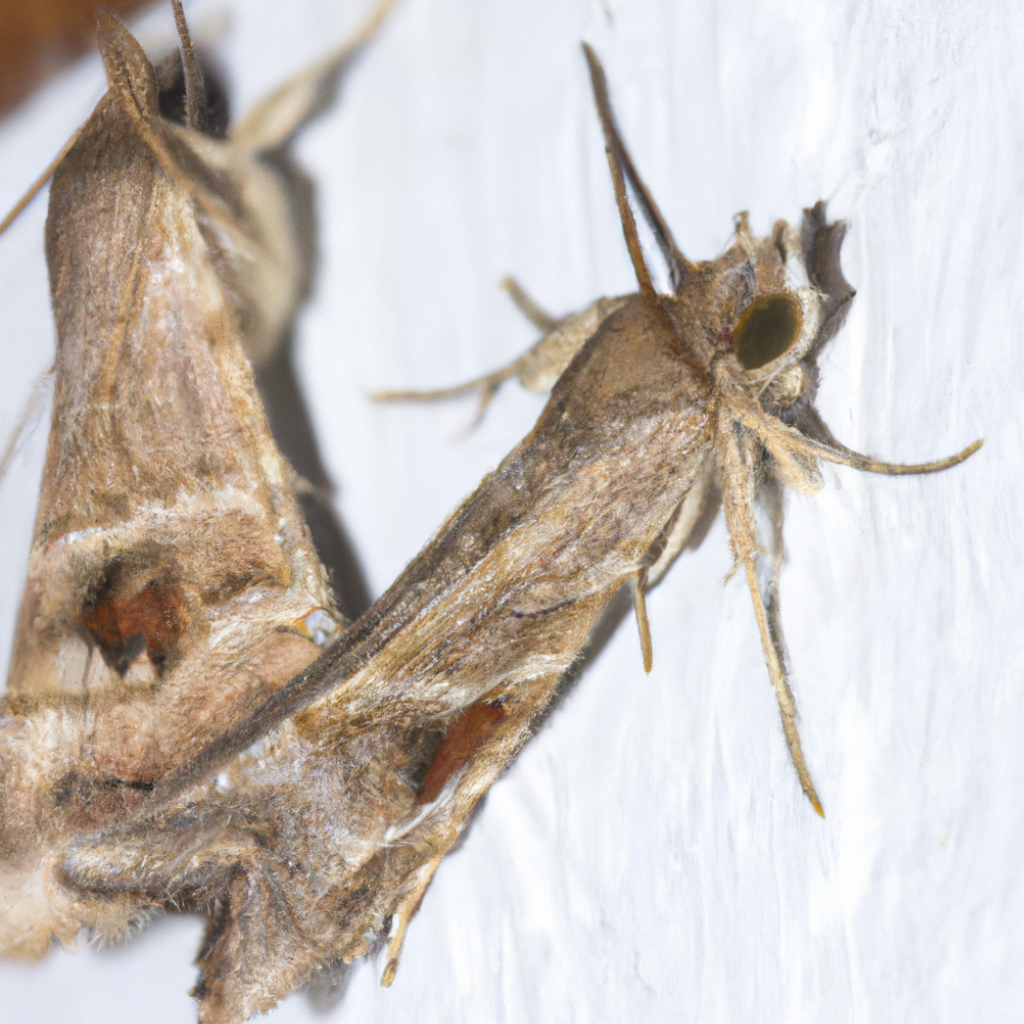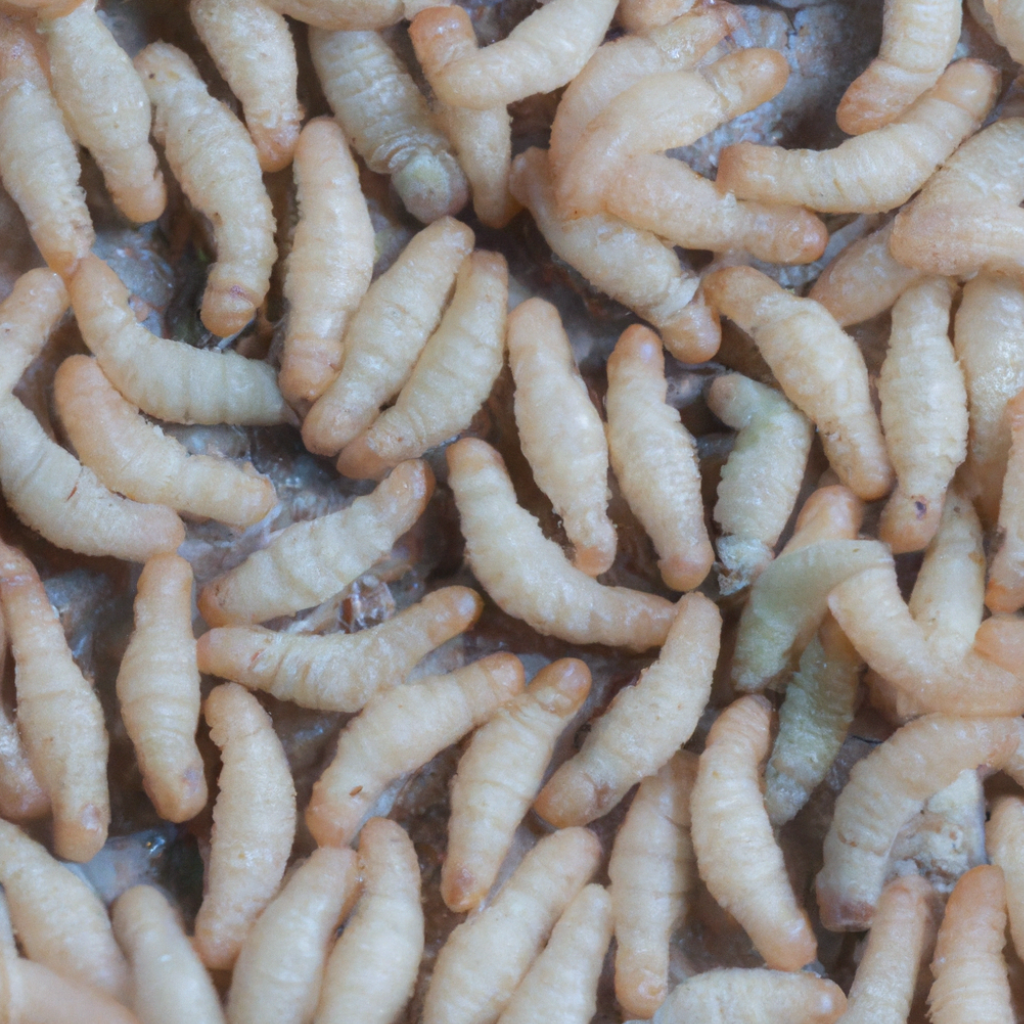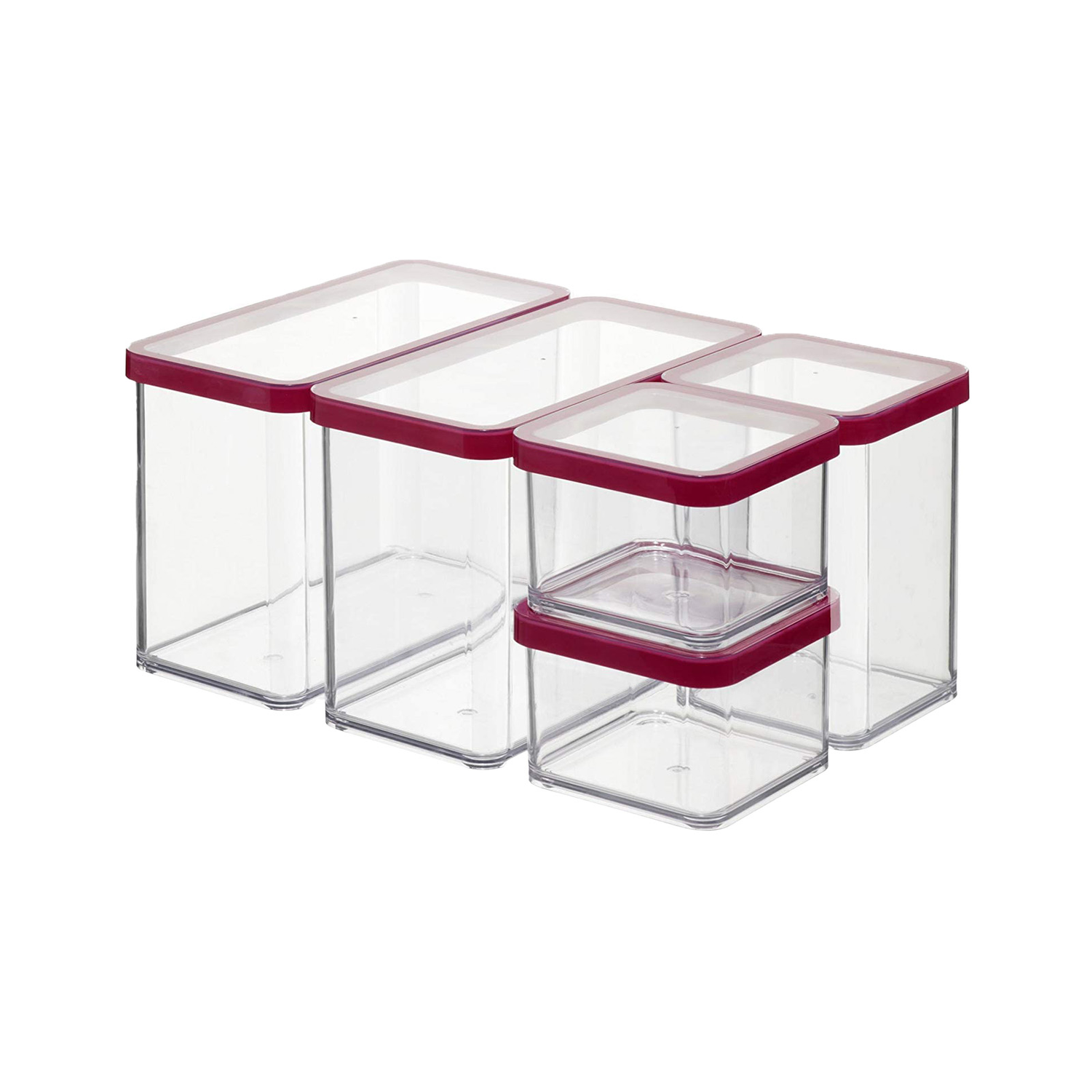Food moths: How to protect your kitchen
A nightmare: Little moths are flying around everywhere and you just don't know where they're coming from. Until you suddenly open the flour packaging and see the food moths and larvae crawling. Now it's often said: throw away all the food and clean the whole kitchen from the ground up. To prevent such a plague, however, there are a few simple tips and tricks.
How do moths get into food?Don't worry, food moths are not a sign of a lack of cleanliness . Moths usually sneak into your home via the supermarket in infested food or in packaging such as cardboard boxes. They like warm temperatures and high humidity - so they feel particularly comfortable in the kitchen. It is very unlikely that food moths will fly into the apartment through open windows.
Muesli, rice, flour, dried fruit, pasta or chocolate: food moths love all kinds of food. The pests don't even stop at tea, coffee, animal feed or spices .
Don't worry, food moths are not a sign of a lack of cleanliness . Moths usually sneak into your home via the supermarket in infested food or in packaging such as cardboard boxes. They like warm temperatures and high humidity - so they feel particularly comfortable in the kitchen. It is very unlikely that food moths will fly into the apartment through open windows.
Muesli, rice, flour, dried fruit, pasta or chocolate: food moths love all kinds of food. The pests don't even stop at tea, coffee, animal feed or spices .
How to recognize a food moth infestationClothes moths, dried fruit moths or flour moths – these small but annoying pests come in many forms. Food moths are butterflies. Nocturnal moths are most likely to stay motionless in a cupboard or a corner of the room during the day. When at rest, the wings are folded and look more like a short line on the room wall. The species of moth can usually be easily identified by the color and pattern of its wings. While clothes moths have uniform grey-yellow wings, food moths can occur in a wide variety of colors - multicolored from ocher yellow to copper red, brown, gray or black.
But you don't only recognize an infestation from the adult insects. Their larvae crawl on walls, eat through food packages and leave unsavory webs in the packages.
Clothes moths, dried fruit moths or flour moths – these small but annoying pests come in many forms. Food moths are butterflies. Nocturnal moths are most likely to stay motionless in a cupboard or a corner of the room during the day. When at rest, the wings are folded and look more like a short line on the room wall. The species of moth can usually be easily identified by the color and pattern of its wings. While clothes moths have uniform grey-yellow wings, food moths can occur in a wide variety of colors - multicolored from ocher yellow to copper red, brown, gray or black.
But you don't only recognize an infestation from the adult insects. Their larvae crawl on walls, eat through food packages and leave unsavory webs in the packages.
Moth larvae are the real pestsIf you spot a single food moth, don't panic. With pheromone sticky traps that attract male moths, you can determine the exact infestation. A sure sign of moth infestation: whitish larvae and threadlike webs in the food supplies. Sometimes you can even discover feeding tracks.
If you spot a single food moth, don't panic. With pheromone sticky traps that attract male moths, you can determine the exact infestation. A sure sign of moth infestation: whitish larvae and threadlike webs in the food supplies. Sometimes you can even discover feeding tracks.
How dangerous are food moths?You should stop eating moth-infested foods. The larvae, food marks, spider webs and larval droppings are primarily unappetizing but not seriously harmful. Food moths are not considered disease vectors like rats or cockroaches. Nevertheless, contaminated products can sometimes trigger skin and gastrointestinal diseases or allergies . The reason for this is bacteria or fungi that the moths bring with them. People with a weakened immune system should therefore be particularly careful with a moth infestation.
You should stop eating moth-infested foods. The larvae, food marks, spider webs and larval droppings are primarily unappetizing but not seriously harmful. Food moths are not considered disease vectors like rats or cockroaches. Nevertheless, contaminated products can sometimes trigger skin and gastrointestinal diseases or allergies . The reason for this is bacteria or fungi that the moths bring with them. People with a weakened immune system should therefore be particularly careful with a moth infestation.
How do I protect myself from food moths?When shopping for dry food, always check whether you can see small larvae or webs in the packaging. The black eggs of the moth can hardly be seen with the naked eye because they are less than half a millimeter in size . That's why it's not always possible to spot moths when you're shopping for groceries. So you can't really prevent yourself from bringing the little bugs home with you. But: By storing your food properly , you can at least stop the spread of moths in the kitchen.
When shopping for dry food, always check whether you can see small larvae or webs in the packaging. The black eggs of the moth can hardly be seen with the naked eye because they are less than half a millimeter in size . That's why it's not always possible to spot moths when you're shopping for groceries. So you can't really prevent yourself from bringing the little bugs home with you. But: By storing your food properly , you can at least stop the spread of moths in the kitchen.
Storage jars in the kitchen protect against a moth plagueIt is important that you store each food separately in its own storage jars. The storage containers must be able to be closed tightly with a lid to prevent food moths from crawling out of the containers and contaminating other places. Are you wondering why you can't just close the original packaging with a clip or something similar? The tiny insects can even eat through thin plastic and paper to get to their destination. Therefore a stronger obstacle is needed. We recommend storage jars , such as the LOFT Premium jars from the Rotho online shop.
It is important that you store each food separately in its own storage jars. The storage containers must be able to be closed tightly with a lid to prevent food moths from crawling out of the containers and contaminating other places. Are you wondering why you can't just close the original packaging with a clip or something similar? The tiny insects can even eat through thin plastic and paper to get to their destination. Therefore a stronger obstacle is needed. We recommend storage jars , such as the LOFT Premium jars from the Rotho online shop.
More tips against food moths
- Store groceries in a cool, dry place. Moths need a warm, humid climate to thrive.
- Make sure to keep your kitchen cabinets and drawers clean and vacuum all grout regularly.
- You can seal cracks in cupboards and other hiding places.
- Scents such as lavender, cedarwood, cloves or peppermint deter food moths.
How do I get rid of food moths? Getting rid of food moths can be really nerve-wracking and expensive. In the household, it is also not always advisable to use chemical agents to combat moths. We will explain in a few steps how you can get rid of the pests naturally without having to call the exterminator:
-
Dispose of Infested Food: Search in every single package in your pantry for signs of the animals. Attention, the eggs of food moths are often not visible. So it may be that you have to throw away all the food. The insects even eat through the thin plastic of the food packaging and crawl through the smallest openings.
- Catching male moths: Sticky pheromone traps attract male moths with the help of a sexual scent. Caution! Although these sticky traps limit the reproduction of moths, they are not sufficient as the sole control measure.
- Hygiene: Thoroughly clean the kitchen. Also watch out for hidden niches. You can work on small cracks, holes and hard-to-reach areas with a hair dryer - the heat kills all moth stages.
-
Ichneumon wasps against food moths: Beneficial insects are an effective method. The natural enemies of food moths are parasitic wasps. You can put these out in your kitchen to fight moths. The small insects lay their eggs in the moth eggs, which then die. When there are no more moths left, the parasitic wasps disappear again.
- Repeat the steps if necessary: In order to catch all stored product pests, the measures often have to be repeated. Thoroughness and patience lead to success here.
- Protect food in the future: To ensure that the supplies do not become victims of pests again, you should store your products in suitable, airtight containers and check them regularly for signs of infestation.
Getting rid of food moths can be really nerve-wracking and expensive. In the household, it is also not always advisable to use chemical agents to combat moths. We will explain in a few steps how you can get rid of the pests naturally without having to call the exterminator:
- Dispose of Infested Food: Search in every single package in your pantry for signs of the animals. Attention, the eggs of food moths are often not visible. So it may be that you have to throw away all the food. The insects even eat through the thin plastic of the food packaging and crawl through the smallest openings.
- Catching male moths: Sticky pheromone traps attract male moths with the help of a sexual scent. Caution! Although these sticky traps limit the reproduction of moths, they are not sufficient as the sole control measure.
- Hygiene: Thoroughly clean the kitchen. Also watch out for hidden niches. You can work on small cracks, holes and hard-to-reach areas with a hair dryer - the heat kills all moth stages.
- Ichneumon wasps against food moths: Beneficial insects are an effective method. The natural enemies of food moths are parasitic wasps. You can put these out in your kitchen to fight moths. The small insects lay their eggs in the moth eggs, which then die. When there are no more moths left, the parasitic wasps disappear again.
- Repeat the steps if necessary: In order to catch all stored product pests, the measures often have to be repeated. Thoroughness and patience lead to success here.
- Protect food in the future: To ensure that the supplies do not become victims of pests again, you should store your products in suitable, airtight containers and check them regularly for signs of infestation.







